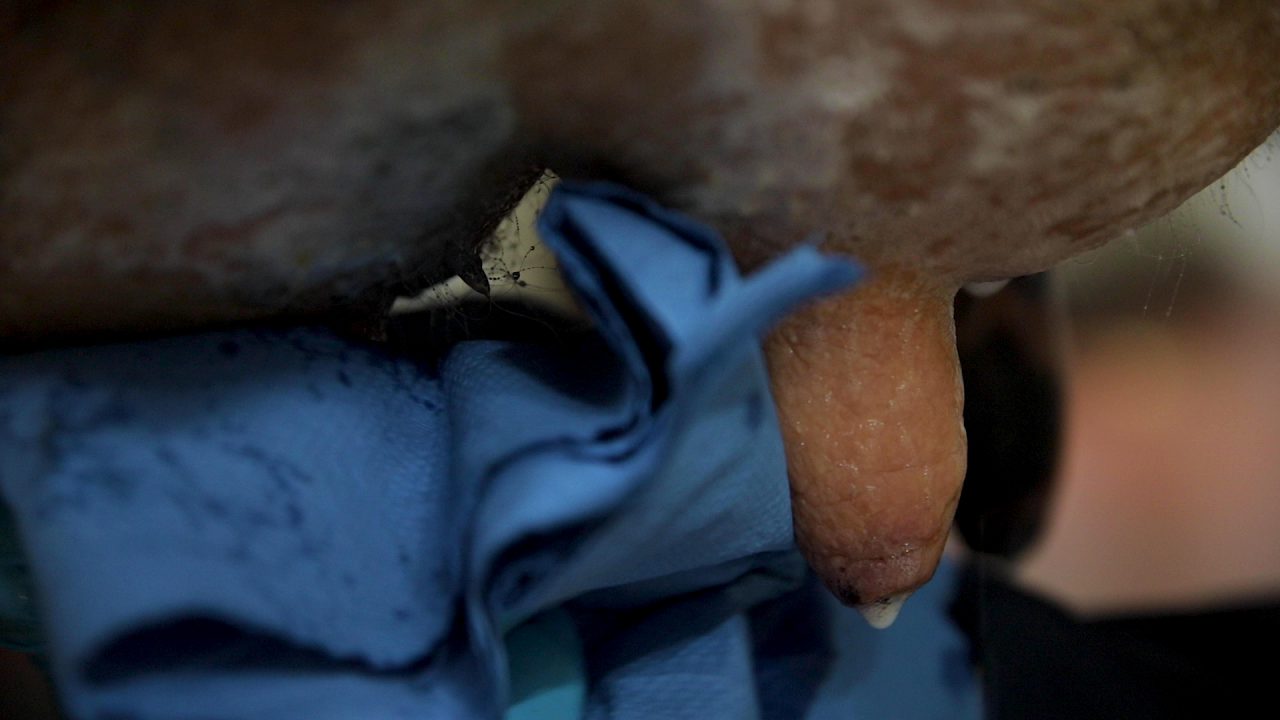Being able to collect a sterile milk sample is important so that farmers can ensure the correct bacteria is identified.
Milk samples can be taken from cows for somatic cell count (SCC) analysis or to determine the bacteria that is behind a clinical case of mastitis.
To ensure that farmers are able to take a sterile sample, that can then be correctly analysed, Animal Health Ireland (AHI) has offered some advice, which is outlined below.
To ensure a sample is taken correctly the following items are needed:
- Sterile sample bottles;
- A marker to label the bottle;
- Disposable gloves;
- Disinfectant/cleaning solution and paper towels;
- A mixture of 70% alcohol and cotton balls or disinfecting teat wipes for disinfecting teat ends;
- A cool dry place to store samples before delivery or freezing.
Sterile milk sample
AHI suggest that farmers begin the process by labelling the sample bottle, using a marker to clearly label details of the sample.
The details should include the date, the cow’s tag number and the quarter sampled.
During milking is probably when the vast majority of samples are taken and if this is the case, it is important to change gloves before taking the sample.
Sample-taking process:
- Clean the teats with running water and disinfectant/cleaning solution;
- Dry the teat or teats with a paper towel;
- If you are sampling more than one teat, disinfect (for a minimum of 10 seconds) the farthest teats first;
- Check the cotton ball or wipe. If it is dirty, repeat and scrub using a clean cotton ball until no more dirt is seen;
- Remove the cap – avoiding touching the inside surface of the cap or bottle;
- Squeeze the first couple of squirts of milk onto the ground. This also helps to remove any contaminants that might be just inside the opening of the teat;
- Hold the bottle at an angle (to avoid anything falling into it) at least 3-4cm from the end of the teat;
- Squirt 2-4ml of milk into the bottle.
Once finished collecting samples, replace the cap and secure it tightly and keep it in a cool, dry place until it can be refrigerated, delivered or frozen.
If there are any obvious contaminants or for example the lid was dropped, then take the sample again, starting with sterilising the teats.
Deliver the sample to the veterinary clinic or laboratory that day, or freeze the sample (for up to four months).
Wash hands with running water and dry them using a paper towel after each cow, including the last cow.
Mastitis
Being able to take a sterile milk sample is important for a number of reasons.
One of the main reasons why samples will be taken from cows is to determine the bacteria that is causing clinical mastitis cases.
Knowing this means that the correct antibiotic can be used to treat the case and potentially other cases that occur with the herd.
On many farms, the same bacteria can be the cause of most cases of clinical mastitis.
So, once the results from the sample have returned, they can be discussed with a vet to figure out the best course of action and potentially, which treatment should be used on the clinical cases of mastitis going forward.
